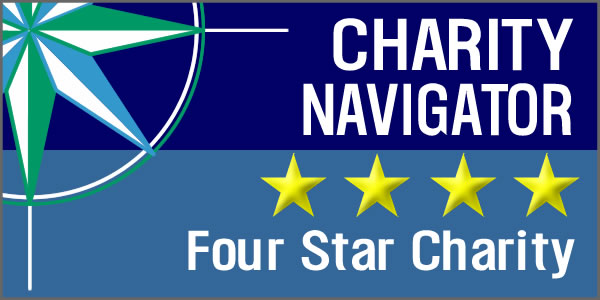
Nanomaterials in food improve taste and color but pose unknown risks.
‘Nanomaterials’ are particles that have been manipulated at the molecular, or nano, level, which is one billionth of a meter—so small that it can pass through human membranes. The food industry is exploring the use of this technology to add nutritional benefits, flavoring, and coloring to food products and antibacterial ingredients to food packaging. But nanomaterials’ small size gives the material unique properties, which raises concerns about dangers for human health and the environmental.
As food companies begin to use nanotechnology, transparency is crucial to preserve the health of their consumers and the company reputation. Uncertainty around the safety and regulation of nanomaterials, coupled with a lack of transparency adds up to unnecessary risks for the consumers, workers, companies, and investors.
As You Sow’s framework is a resource for companies considering the use of nanomaterials. The framework includes an introduction of key terms and issues, the current state of regulations, and recommendations on the information companies should request and receive from suppliers offering products containing nanomaterials based on best practices from current scientific, industry, and governmental frameworks.
Source: nanogloss.com











